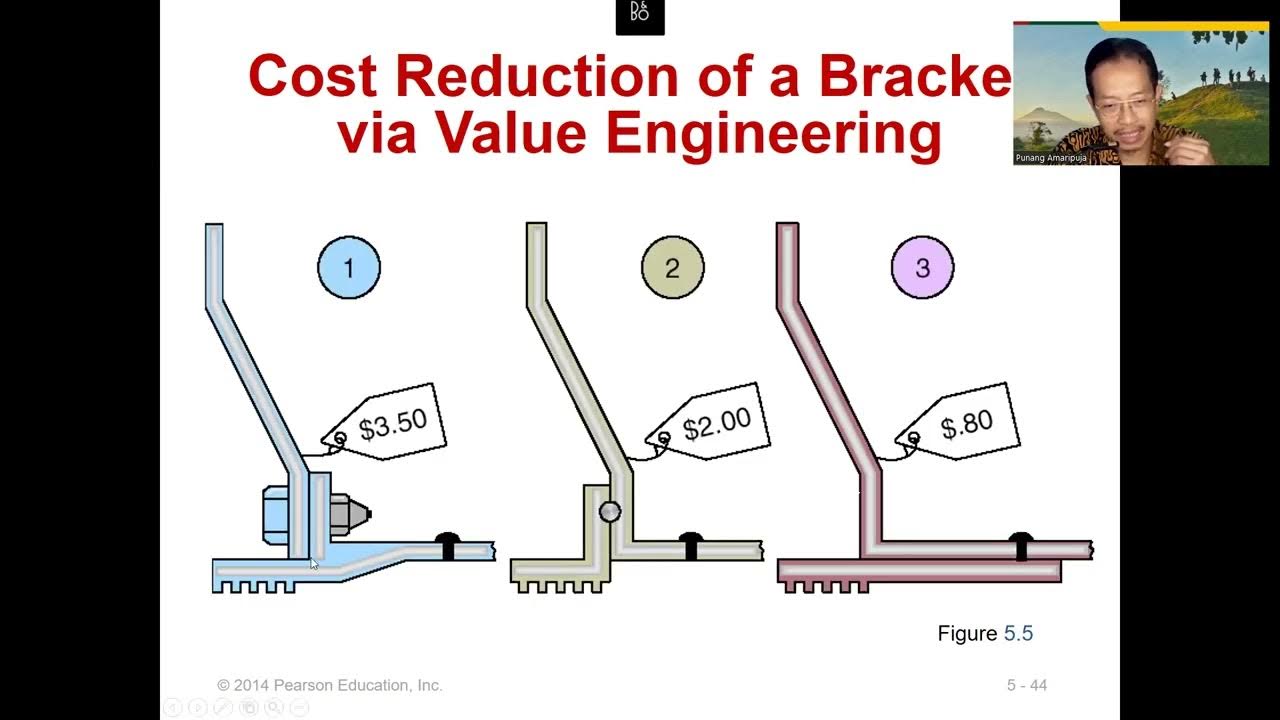"DARI IDE JADI PRODUK! 💡 Panduan Singkat Perancangan Produk (Buat Bisnis & Startup)"
Summary
TLDRThis video script discusses product design and development in modern industries, emphasizing the importance of value-added features such as efficient design, ease of maintenance, and competitiveness. It covers the stages of product design, including problem identification, creativity, and technical specifications. The script also introduces product innovation, detailing types like radical, incremental, and architectural innovation. Additionally, it highlights the roles of different departments in product development, such as engineering, marketing, and operations, and stresses the need for continuous innovation to stay relevant in the market and meet consumer demands. Key examples from companies like Apple, Tesla, and Gojek illustrate successful innovation practices.
Takeaways
- 😀 Modern industries measure products not just by physical utility, but by added value such as design, efficiency, maintenance ease, and competitiveness.
- 😀 Product innovation is not limited to creating new items; even small improvements to existing products can have a big impact on customer satisfaction.
- 😀 Product design involves a systematic process that integrates technical knowledge, creativity, and strategic thinking to meet future needs.
- 😀 Key characteristics of a product designer include the ability to identify problems, creativity, openness to feedback, technical knowledge, and a forward-thinking vision.
- 😀 The stages of product design include identifying needs, developing concepts, finalizing the design, and documenting technical specifications.
- 😀 Product development transforms ideas into tangible products with economic value and market appeal, often through modifications of existing products or new creations.
- 😀 Types of innovation include radical (total system or product changes), incremental (small improvements), and architectural (recombining components into new systems).
- 😀 Innovation also involves changing company paradigms, positioning, production processes, and product offerings to adapt to market needs.
- 😀 Successful companies like Apple, Tesla, and Gojek showcase how innovation in product design, technology, and service delivery can disrupt industries and create new market leaders.
- 😀 The product development process involves multiple phases such as planning, concept development, testing, launching, and commercialization, all of which ensure market readiness.
- 😀 Cross-disciplinary collaboration (engineering, marketing, finance, operations) is essential for creating relevant and valuable products that address consumer needs and market demands.
Q & A
What is the key focus in modern industry according to the transcript?
-The key focus in modern industry is that products are not only evaluated by their physical utility but also by added value through design, efficiency, ease of maintenance, and competitiveness.
What does product design involve, as per the transcript?
-Product design is a systematic process of creating products that meet future needs, involving technical knowledge, creativity, and strategic thinking.
What are the essential characteristics of a product designer?
-According to Peter, a product designer should have the ability to identify problems, creativity, openness to criticism, a technical background in subjects like physics, chemistry, or digital fields, and a clear long-term vision for decision-making.
What is the definition of product innovation mentioned in the transcript?
-Product innovation is not only about creating new products but also improving existing ones. Even small changes can be considered significant innovations if they positively impact customer satisfaction.
What are the stages involved in product design?
-The stages of product design include identifying needs, developing concepts, finalizing designs, and creating technical documentation.
How is product development described in the transcript?
-Product development is the process of transforming an idea into a tangible product with economic value, which is liked by the market. It involves modifying old products or creating new ones.
What are the types of innovation mentioned in the transcript?
-The types of innovation include radical innovation (total change of a system or product), incremental innovation (small improvements), and architectural innovation (combining old components into new systems).
How does the transcript explain the concept of 'paradigm innovation'?
-Paradigm innovation refers to changing the way a company thinks or operates. An example provided is Samsung, which transitioned from a non-telecommunication company to a major player in the mobile phone industry.
What is the significance of 'position innovation' and 'process innovation' in product development?
-Position innovation involves changing how a product is marketed, while process innovation refers to changing how the product is made or delivered.
What are the phases involved in product development according to the transcript?
-The phases include initial planning, developing the concept, detailed design, testing and improvement, product launch, and commercialization.
Outlines

This section is available to paid users only. Please upgrade to access this part.
Upgrade NowMindmap

This section is available to paid users only. Please upgrade to access this part.
Upgrade NowKeywords

This section is available to paid users only. Please upgrade to access this part.
Upgrade NowHighlights

This section is available to paid users only. Please upgrade to access this part.
Upgrade NowTranscripts

This section is available to paid users only. Please upgrade to access this part.
Upgrade Now5.0 / 5 (0 votes)





